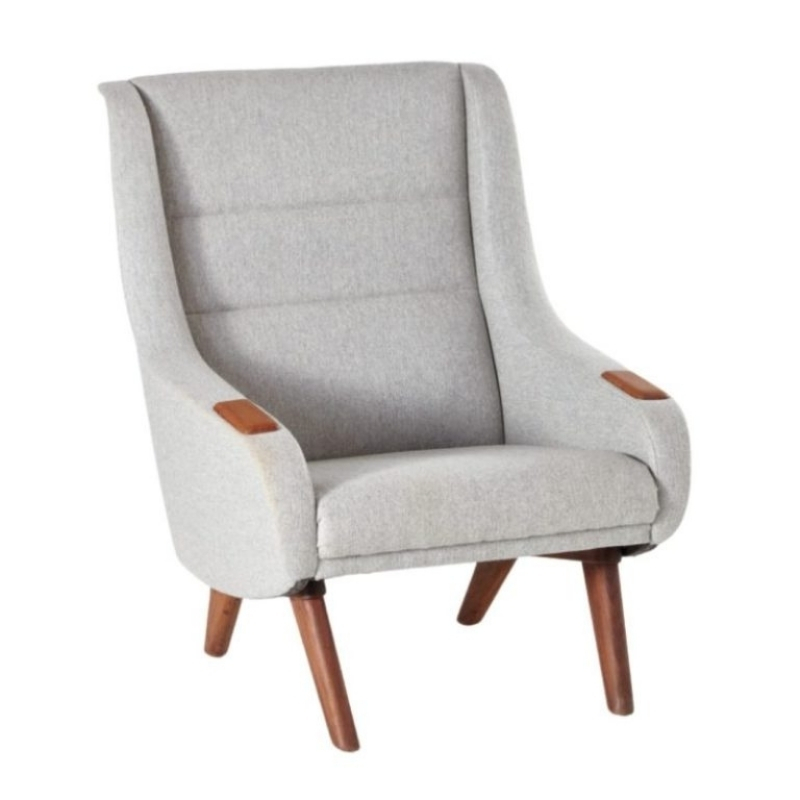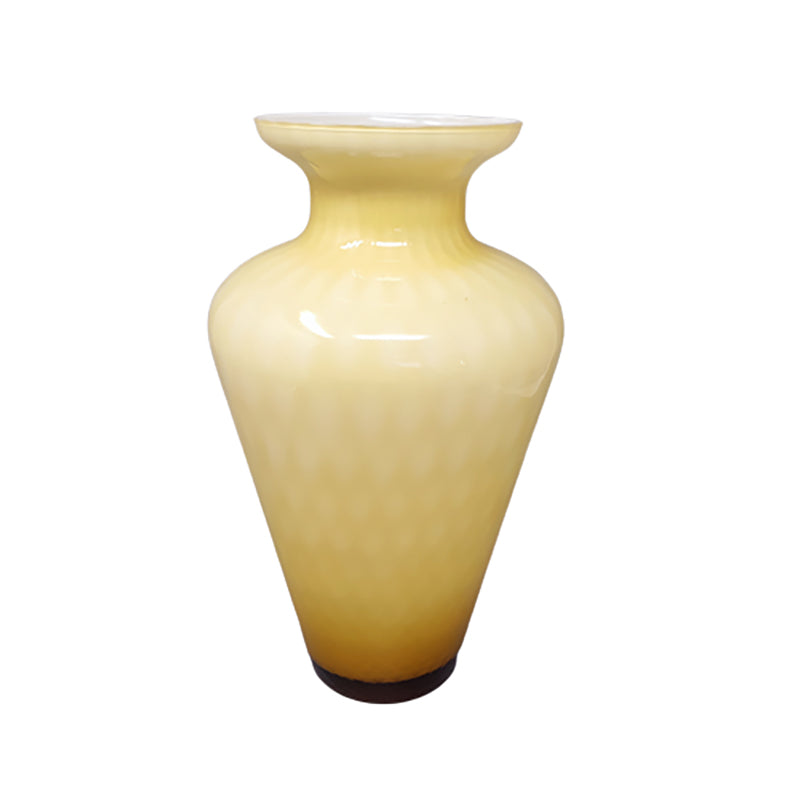So by googleing “t-shaped backrest teak danish chair“ this does not pop up. The connection between the armrests and the front legs is interesting. The armrests are curved down, as seen in one model from Wanscher if I am correct. I unfortunately do not have a copy of the 40 years of design from grete jalk, maybe this chair was in there.
another possibility is that this is simply a later chair with elements inspired from earlier design, but still those armrests are not cheap to make...
An early di Frutta perhaps?
http://designaddict.com/community/off-topic/di-frutta-sitings/#post-4686
I saw one of those for auction in Denmark not too long ago.
@leif-ericson. Is there more to this story or is that all you have to say? I have been sitting here with bated breath waiting for the next installment and the suspense is killing me !!!
Knowledge shared is Knowledge gained
@lexi Well, I am trying to remember how to find a link to the auction.... I have no proof of what it is, but I think one possibility is Eva & Nils Koppel for Slagelse Møbelværk or perhaps Sorø Stolefabrik (both companies were run by 4 brothers in the same family). I would guess it is from the very late 1940s to mid 1950s.
There is one element that indeed point towards Koppel: the wooden bars that connect three legs are very similar to other chair you find by googleing the name.
Another interesting element is the shape of the armrest when it goes to touch the back leg, it gets wider, like the end of a bone I would say.
@andersen. Did a bit of searching for designs attributed to Eva and Nils Koppel.
Found 2 chair designs in this publication. L'Arredamanto Moderno. Robrto Aloi and published by Hoepli.1955.
Not your chair but they do share some design elements.
Image 1 is from that publication: Image 2 is a more recent photo, from the web, of the other chair.


Knowledge shared is Knowledge gained
nice, @lexi. the butterfly chair has no crews visible on the back, I wonder whether also the mistery chair has the same system to mount the backrest. It also looks like that the front legs of the mistery chair have an angle, similar to the back legs of the butterfly chair.
@andersen. Posting 2 images of leg/backrest attachment. One is the butterfly chair and the other is a more recent model by Slagelse. Hard to spot any visible screws !!



Knowledge shared is Knowledge gained
@andersen, If you study the history of western chair design, you might be even more amazed at how Thomas Chippendale (and the joiners of his time) resolved compound angle joinery necessary with curved and splayed leg/back posts. This chair, otoh, manages to simplify and avoid most of the visual issues and technical challenges by moving the side seat rails inboard and joining them to the front and rear seat rails rather than the more traditional method of joining them to the leg posts.
There are quite a few other Koppel piece that are ultra rare and not recognized as their designs. They were very similar to Finn Juhl and seem to have had some affinity for Carl Brørup who was a furniture retailer and wholesaler and who produced some of Finn Juhl’s most important designs starting in 1946. The Bo59 armchair, the Bo55 sofa, the Bo63 side and BO72 armchair are all actually designs drawn for Carl Brørup, not Bovirke. Bovirke was actually one of Brørup’s two brick and mortar furniture stores in Copenhagen. Nowadays we speak of Bovirke as though it was a factory but that is entirely inaccurate. Anyway, Nils Koppel did interior arrangements for Bovirke. He also designed pieces that were sold at Bovirke. There is a coffee table that is often advertised as Finn Juhl, but is actually Koppel. It was displayed with FJ pieces. It is unclear whether something like that coffee table was a Brørup exclusive and either produced in Brørup’s shop or contracted to someone else for his stores or whether it was made by a company like Slagelse. I can tell you that Bovirke in that era sold an Arne Vodder dining table that was design for and made by Slagelse. (It is an obscure table and not publicly recognized as an AV design). Koppel also designed an addition to Brørup’s beach house.
(If the name Carl Brørup seems unknown or obscure to anyone reading this, it shouldn’t considering his connection to Finn Juhl’s history, but there is a reason it is and that is another story).
If you need any help, please contact us at – info@designaddict.com










